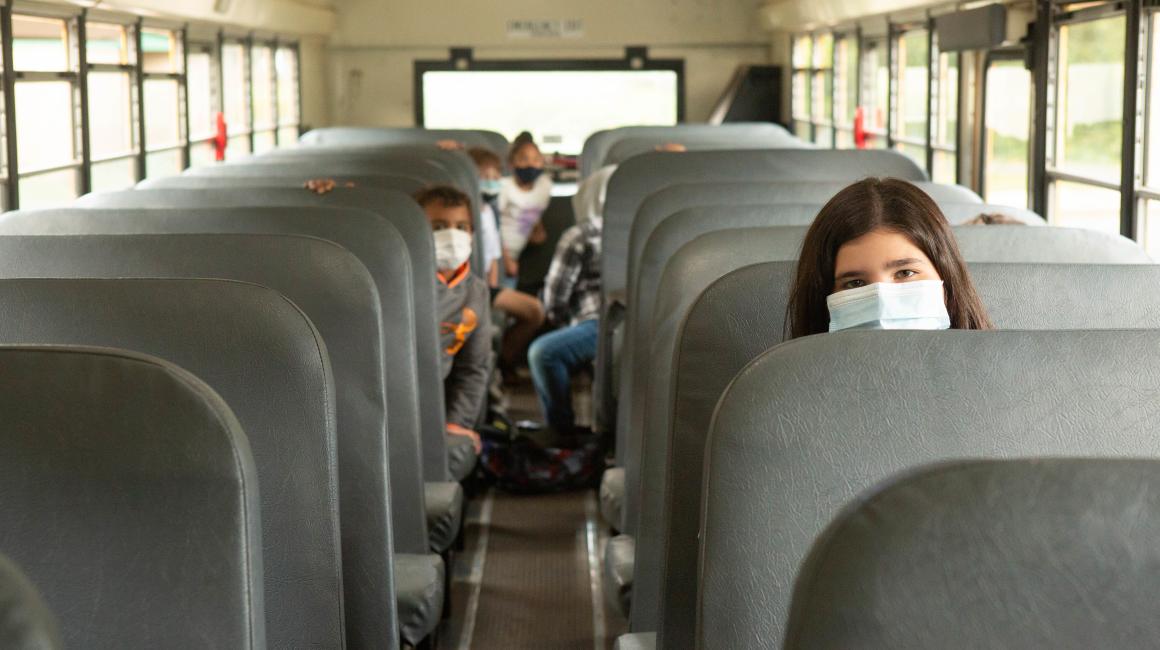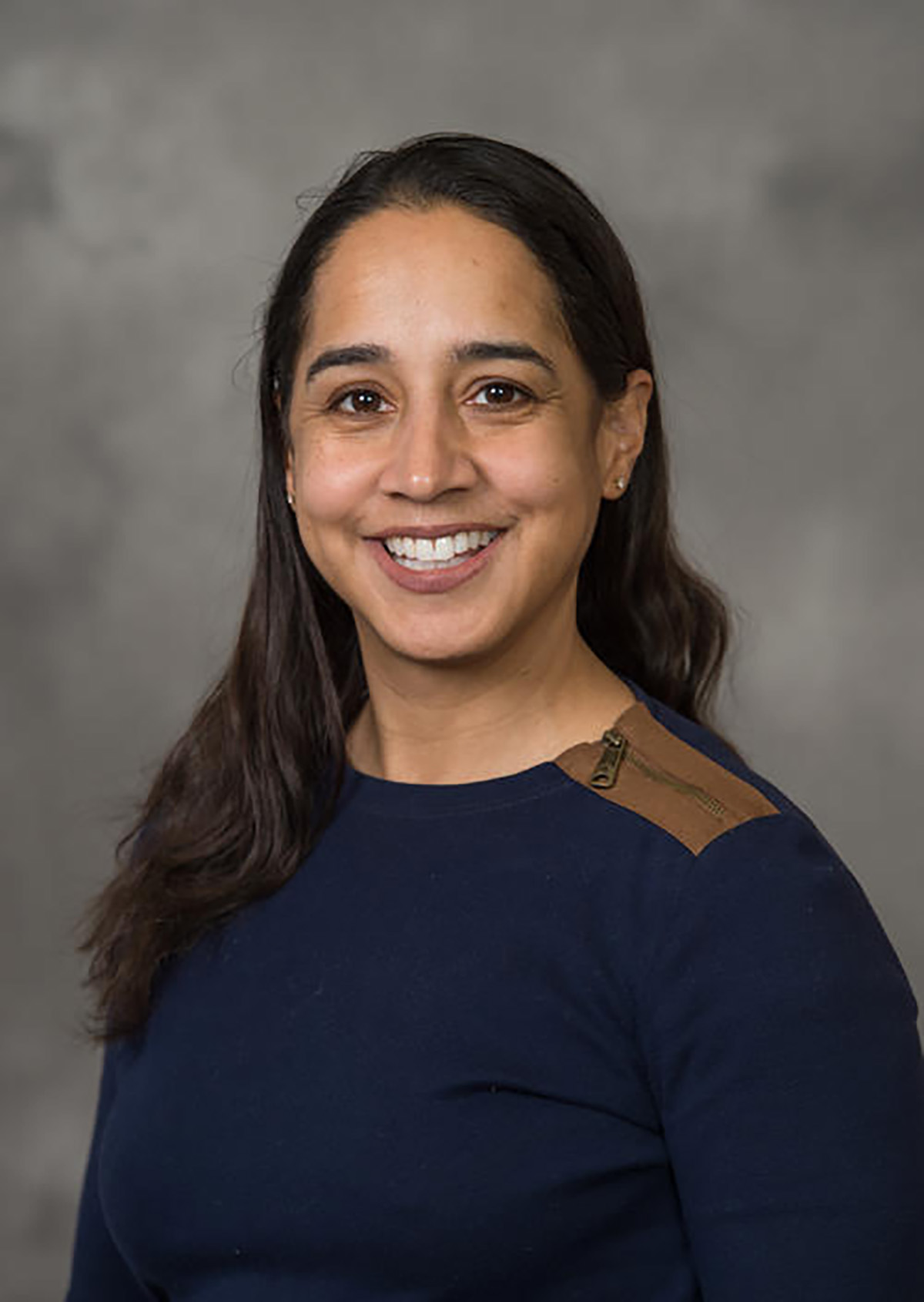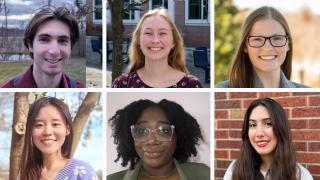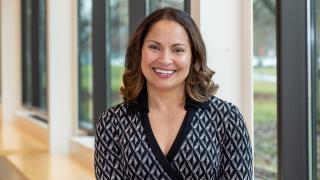In addition, while Hill says it’s true that families with more resources have fared better during the pandemic, it’s important to realize outcomes for individual families may not fit the trends. Through her work with the ongoing longitudinal study, The Best Classroom Project, she’s basically seen it all during the pandemic: Affluent parents hiring tutors and forming learning pods; students learning virtually with the help of a parent at their side full-time; students learning virtually with no parental supervision, either because the parent was working from home or had to continue a job in-person; even schools continuing in-person instruction throughout the pandemic, including in one case, in outdoor classrooms. “We’re definitely going to be dealing with macro-level learning losses that track with our traditional achievement gaps. But because the adaptation strategies have been so uneven, and there are so many different family situations, I think we also have to understand that we’re dealing with hundreds or thousands of individualized learning gaps,” Hill says. “So assessing that will be key as we figure out how to help students get back on track.”
So how do we catch students up?
For Hill, if there was ever a time to relax our fixation on fixed timelines for achievement, it’s now. “Number one, I think we have to assess where kids are at at the start of next school year, preferably in person. And then we have to keep focused on informed instruction for where kids are functioning instead of where they ‘should’ be according to standard grade-level benchmarks.” This more individualized approach to learning plans is a mainstay of modern special education, for example, and could, in the long run, strike a balance between catching kids up academically and keeping their social networks intact. “I don’t think it necessarily makes sense to have a kid repeat kindergarten if they’re not hitting those benchmarks. This is a year where policymakers should lighten the load.”
Parents, teachers and administrators are also looking to seize the opportunity summer might provide. Hopeful that warmer temperatures and vaccinations will make more in-person learning possible, some schools have announced expanded summer school options. Schools in Detroit, for example, are expecting double the demand for summer school this year. Hill says parents can also look to area nonprofits, which are planning their own offerings. Brilliant Detroit, which partnered with UM-Dearborn this year to have teachers in training tutor K-12 students online, has a network of learning centers embedded in the city’s neighborhoods. DAPCEP, the Detroit Area Pre-College Engineering Program, is offering reduced rates for its STEM-focused summer camps. And some employers are even planning summer educational support for children of employees.
The pandemic’s impact on schools could be long-lasting
Hill says it could take multiple school years to erase COVID learning losses, but that might not be the pandemic’s biggest legacy for education. “I think the 30-student classroom isn’t coming back, at least for a while,” Hill says. “I imagine there are many families who won’t want to go back in the fall, whether that’s short-term because of safety or longer-term because they prefer virtual learning. If you were a kid getting bullied or discriminated against, for example, why would you want to go back?” The big question is how schools will respond if enrollment numbers drop. Prior to the pandemic, schools were already in fierce competition for students and the per-pupil state funding that follows them. If they see a meaningful falloff in enrollment, it could put pressure on districts to continue virtual learning options (and policymakers to allow that). It might ultimately even spark interest in something we haven’t seen before: permanent home school options offered by your local public school.
Short of that, Hill expects districts to experiment with their learning formats, drawing in part on lessons they’ve learned during the pandemic. Hybrid learning could be hot — and allow students, particularly high schoolers, flexible schedules that don’t require them to be there all day, every day. That, Hill says, might even be a better way to prepare them for the college experience. One of the broader questions on Hill’s mind, though, is whether technology and innovative learning formats will help under-resourced schools close traditional achievement gaps; or whether they’ll actually exacerbate them. “Theoretically, technology allows you to operate in ways that are more economically feasible, so under-resourced districts could have an opportunity to get really creative about restructuring,” Hill says. “But if, as we’ve seen during the pandemic, better resourced parents and districts are able to take better advantage of new technologies, it could absolutely go the other way.”
###
Dara Hill is an associate professor of education specializing in literacy, urban education and culturally relevant pedagogy. If you’re a member of the media and would like to interview Associate Professor Hill on this topic, please drop us a line at [email protected]. Story by Lou Blouin.








